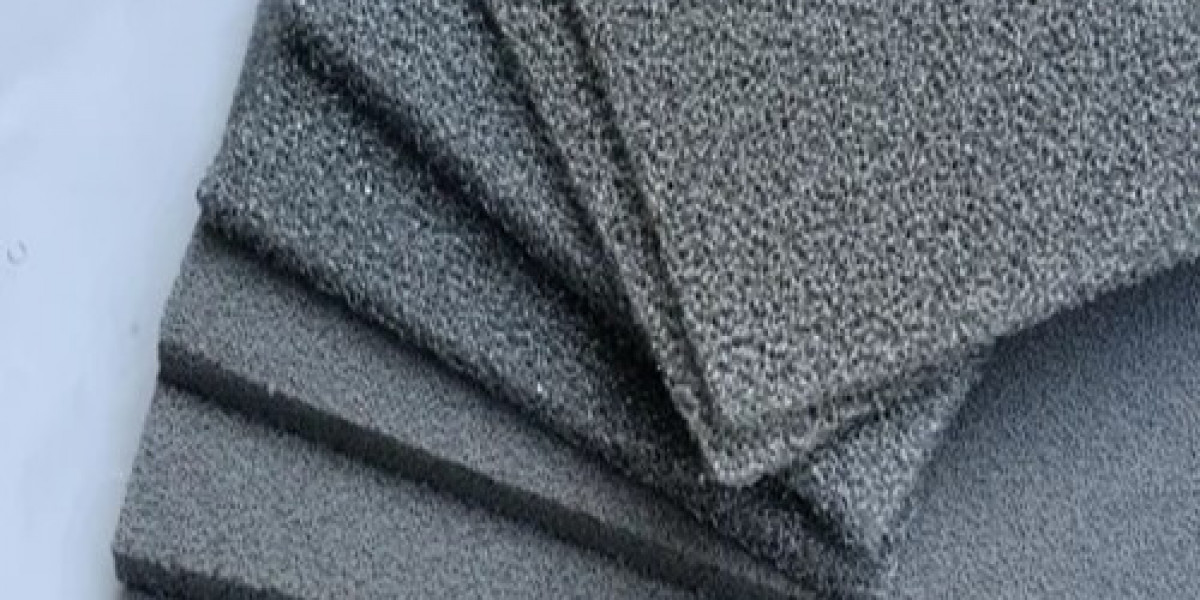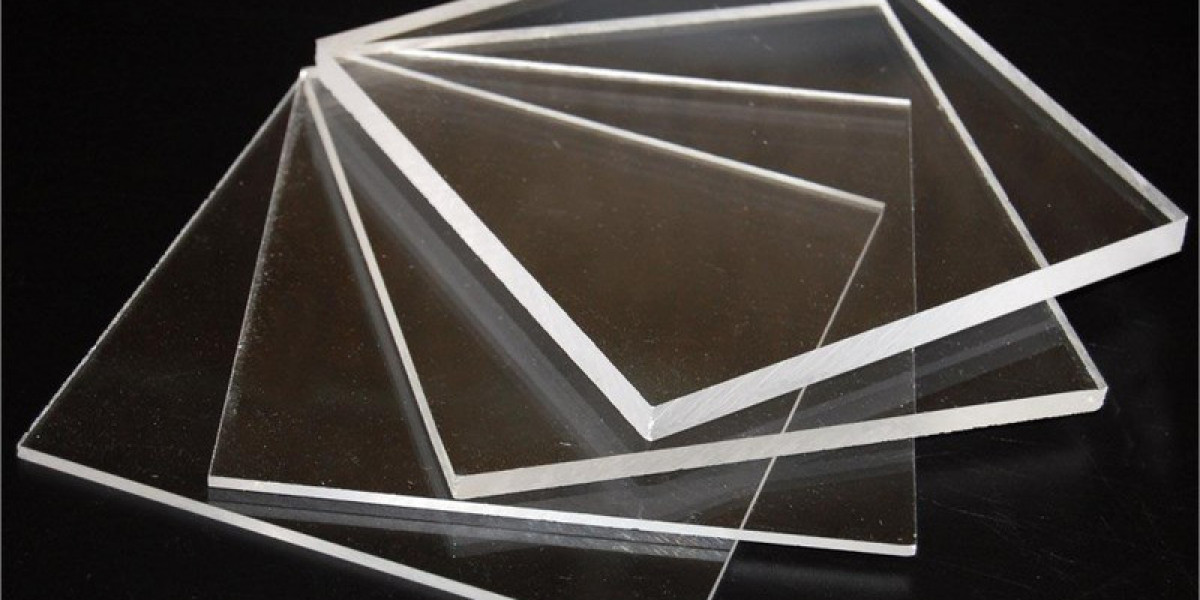The Chinese knot, known as “中国结” (Zhōngguó jié) in Mandarin, is far more than a charming ornament found at festivals or hanging from car mirrors. It is a centuries-old symbol intricately woven into the fabric of Chinese culture, tradition, and identity. From imperial courts to common households, the Chinese knot has told silent stories of love, protection, prosperity, and spirituality. This humble yet elegant craft continues to fascinate both artists and cultural enthusiasts worldwide.
This article explores the roots, styles, symbolism, and modern relevance of the Chinese knot, guiding you through a colorful journey into its tightly interwoven threads of history and culture.
Origins Rooted in Antiquity
The story of the Chinese knot stretches back to prehistoric China. Archaeological findings trace the earliest knots to the Neolithic period, where they were used primarily for recording and communication. Before the development of Chinese writing, knots were tied as mnemonic devices, similar to the Incan quipu system. Each knot represented a concept, task, or piece of information.
During the Warring States period (475–221 BCE), knots began evolving from mere utility to decorative and symbolic artifacts. With the rise of Confucian values and refined aesthetics during the Han (206 BCE – 220 CE) and Tang (618–907 CE) dynasties, knotting began merging with philosophy, etiquette, and art. These early stages set the foundation for what would become the intricate forms we see today.
Symbolism Woven into Every Loop
A single Chinese knot often carries multiple meanings, depending on its design, color, and context. This makes it more than a simple craft—it becomes a coded message wrapped in beauty.
Endless Loop – Symbol of Eternity
Many traditional Chinese knots are created using a single length of cord without breaks. This continuous structure reflects the ancient Chinese philosophy of infinity, unity, and the cyclical nature of life.
Double Coin Knot – Prosperity
This pattern resembles two overlapping ancient Chinese coins and is a frequent motif in home decorations. It's often used to express wishes for wealth and abundance.
Cloverleaf Knot – Harmony and Peace
Often presented in red or green, the cloverleaf knot represents tranquility and is commonly exchanged during festive occasions.
The visual complexity of the Chinese knot disguises its deeper messages. In traditional Chinese thought, even the number of loops and the direction of the cords have symbolic implications, often tied to numerology or Taoist balance.
Cultural Context and Usage
The Chinese knot has been an essential part of ceremonies, customs, and daily life throughout history. Whether draped around the neck of a bride or hung on the doors during Lunar New Year, these knots carry cultural significance.
Weddings and Betrothals
The double happiness knot is commonly seen at weddings. Tied in red, the color of joy and fortune, it reflects the union of two lives and families. These knots often adorn bridal gowns, invitation cards, and gift wrappings.
New Year Celebrations
During the Spring Festival, homes are decorated with various types of Chinese knots, typically red, to ward off bad luck and invite good fortune. Some are combined with coins, jade, or paper cuttings to amplify their charm.
Taoist and Buddhist Symbolism
Monks and Taoist practitioners use specific knot designs during rituals to represent spiritual ideas like protection, wisdom, and enlightenment. These knots are also found in temple architecture and ceremonial clothing.
Types and Structures: A Craft of Precision
The Chinese knot is not a singular form but a family of patterns, each with its own technique and historical background. These include:
Pan Chang Knot: A classic form symbolizing eternal life and prosperity.
Button Knot: Often used for traditional clothing fasteners.
Good Luck Knot: Frequently hung near doors and entrances.
Dragonfly Knot: Popular in children's accessories.
These knots are typically made using silk cords, nylon strings, or cotton threads, chosen based on the occasion and purpose. The skill lies in maintaining symmetry and balance, which are essential principles in Chinese aesthetic theory.
Chinese Knot in Modern Art and Fashion
Despite its ancient roots, the Chinese knot is far from a relic. It has been embraced by contemporary artists and designers, finding its way into jewelry, textiles, home decor, and even tattoos.
Fashion
Modern fashion brands and independent designers incorporate Chinese knots into clothing, handbags, and hair accessories. These modern reinterpretations serve as both an homage and a statement of cultural identity.
Interior Design
In home decor, Chinese knots are used to bring elegance and cultural warmth. They are paired with bamboo, jade, and ceramics to enhance the overall aesthetic and ambiance of interior spaces.
Digital and Global Spread
Thanks to the rise of global craft communities and social media, tutorials for making Chinese knots are now available to a worldwide audience. Enthusiasts across continents are learning and sharing this ancient art form, bringing it into classrooms, workshops, and homes far beyond China.
Preservation Through Practice
Cultural preservation isn't always about museums and academic study. It’s also about passing down skills, stories, and symbols. In many parts of China, especially in provinces like Jiangsu and Guangdong, knotting is still taught by grandmothers to children as a way to keep traditions alive.
Government and non-profit organizations have also launched cultural heritage initiatives to promote Chinese knotting as a national intangible cultural treasure. Some programs even provide training and materials to artisans to help them modernize their techniques and sell their crafts globally.
China Art Hub, for example, offers curated collections of traditional and contemporary Chinese knots. From classic red wall hangings to customized pieces made for weddings or spiritual ceremonies, this platform brings authentic cultural craftsmanship to a wider audience.
Chinese Knot in Global Cultures
While uniquely Chinese in its traditional structure and meaning, the art of knotting has parallels in other cultures, including Celtic knotwork and Japanese Mizuhiki. These connections have led to exciting cross-cultural collaborations in art, jewelry, and even therapeutic handcraft workshops.
By appreciating and practicing knotting arts like the Chinese knot, people across the world are engaging in a shared language of loops, tangles, and threads—one that bridges time and geography.
Final Thoughts
The Chinese knot is a masterpiece of artistry, tradition, and cultural symbolism. It’s a language of form and function, weaving together thousands of years of philosophy, spiritual beliefs, and social customs. Its designs—at once complex and elegant—carry stories that no words can capture. Whether used in ceremonies, gifted to loved ones, or worn as personal statements, each knot is a silent guardian of heritage.
To own or gift a Chinese knot is not just to celebrate beauty but to honor a tradition that has stood resilient against the passage of time. Explore the wide range of authentic Chinese knot designs at China Art Hub, where every knot tells a story, and every thread carries meaning.










